The European Hedgehog is a wonderful species inhabiting the gardens of the UK yet sadly they are in sharp decline and will soon disappear.
General Information
Scientific Name: Erinaceus europaeus
Common Name: European Hedgehog
From the Erinaceidae family this small omnivore species lives up to 6 years in the wild and grows to 30cm long and can weigh up to 1000g. Living within woodland and farmland they also inhabit suburban areas and are found throughout mainland Europe, Asia and Africa. There are 15 different species of the Hedgehog in the world all with similar characteristics however, the UK only has one native species of Hedgehog, that being the European. These cute Hogs have approximately 5000 to 7000 1 inch spines covering parts of their body that are absent from the face, chest, belly, throat and legs which is covered in coarse, grey brown fur. The spines are not poisonous or barbed but are thick hollow hairs which defend the animal when it rolls into a tight ball. Each quill can last about a year until it drops out and is replaced, they can also raise and lower the quills in response to threatening situations. What most do not know is that a hedgehog also has a small tail!
Behaviour
As a strictly nocturnal species they have the capabilities of travelling up to 2 miles per night foraging for food. In the autumn, every Hedgehog needs to build up sufficient fat reserves that allows them to hibernate safely through winter. The absolute minimum weight they can survive is 450g, ideally the Hog will be around 600-800g. They usually hibernate from November to March/April however this can depend on their age, weight and the weather which can wake them several times.
Known as the “Gardner’s Friend” they feed on a variety of garden insects such as beetles, caterpillars, earthworms, snails and slugs. On the hunt, they rely on their hearing and smell as their eyesight is not very good but they can see well in the dark.
Declining Species
In the 1950s, it was estimated there were 36.5 million hedgehogs in Britain however today there are less than 1 million left with a third of the loss occurring in the last decade. The decline is not fully understood, but main factors include habitat loss due to farming and construction as well as road collisions. The huge fragmentation of their habitat is causing hedgehogs to roam further to find food and mates causing them to cross busy main roads.
What can you do to help
As mentioned, they are strictly nocturnal which means you should never see them in the daytime, this means that they are unwell and disorientated. What you should do is put something over the Hedgehog to cover it, pick it up carefully like a football, place it in a box with water and then take it to the vet. A vet WILL NOT charge you for a wild species but they do require you to call ahead to inform them you are bringing a Hog in. They will look at him/her and if all is ok they will return them to you and ask you to put him back where you found him when its dark. If the Hog is unwell they will either rehabilitate themselves or send him/her onto a rescue centre they may then ask if you are willing to donate which you do not need to.
From personal experience, do not bring a wild hedgehog into your home. They are covered in fleas which differ to those found on Cats and Dogs, they are near on impossible to get rid of! They live outside and are native to our climate so as long as you keep them safe until you can take them to the vet they will be fine.
How do I get them in my garden?
The problem hedgehogs are facing is that we are building our homes and gardens in their territory and not giving them to opportunity to forage for food or find a mate. All you need to do is put a 20cm hole in your perimeter fence and leave food out for them daily, yes you will feed a whole range of local wildlife but eventually Mr Hog will move in when he finds you. Also, do not use pesticides if you are trying to encourage them as that will inevitably kill them.
If you have hogs in your garden you are so lucky and you should encourage them! If you want to feed them DO NOT EVER GIVE THEM MILK OR BREAD They are lactose intolerant and this is severely detrimental to their health. A simple flat dish of water and chicken flavoured cat food/biscuits or even cooked chicken will be enough – no fishy flavours.
Will my cat or dog kill them?
Yes, to cats and dogs they are an easy target so it is best to keep them away should you be feeding hogs in your garden. It has been seen on various camera traps with cats feeding with hedgehogs but if you’re not sure don’t take the risk
Amazing Facts
- There can be up to 500 fleas on a Hedgehog known as a Archaepsylla erinacei that rarely bites humans
- When highly stimulated by a strong smell or taste they self-anoint meaning they cover their quills in foamy saliva. It is not known why they do this.
- Young Hoglets are born in litters ranging from one to eleven, they stay with their mothers up to 7 weeks before they are ready to live wild alone.
- During Hibernation, they can lower their heartbeat from 190BPM down to 20BPM, this results in very little energy expenditure and slower weight loss.
Final thoughts
Hedgehogs are an amazing little species that live here in the UK, I for one have not seen a live one for at least 10 years now which is a true testament to their plight. Although I do have a 20cm hole in my garden we have yet to have a Hog turn up. If you are lucky to have Hogs in your garden then please feed them with the advice above they need all they help they can get. If you find one please also take it to the vet and give it a chance to at least survive.
Without our help we will lose them forever
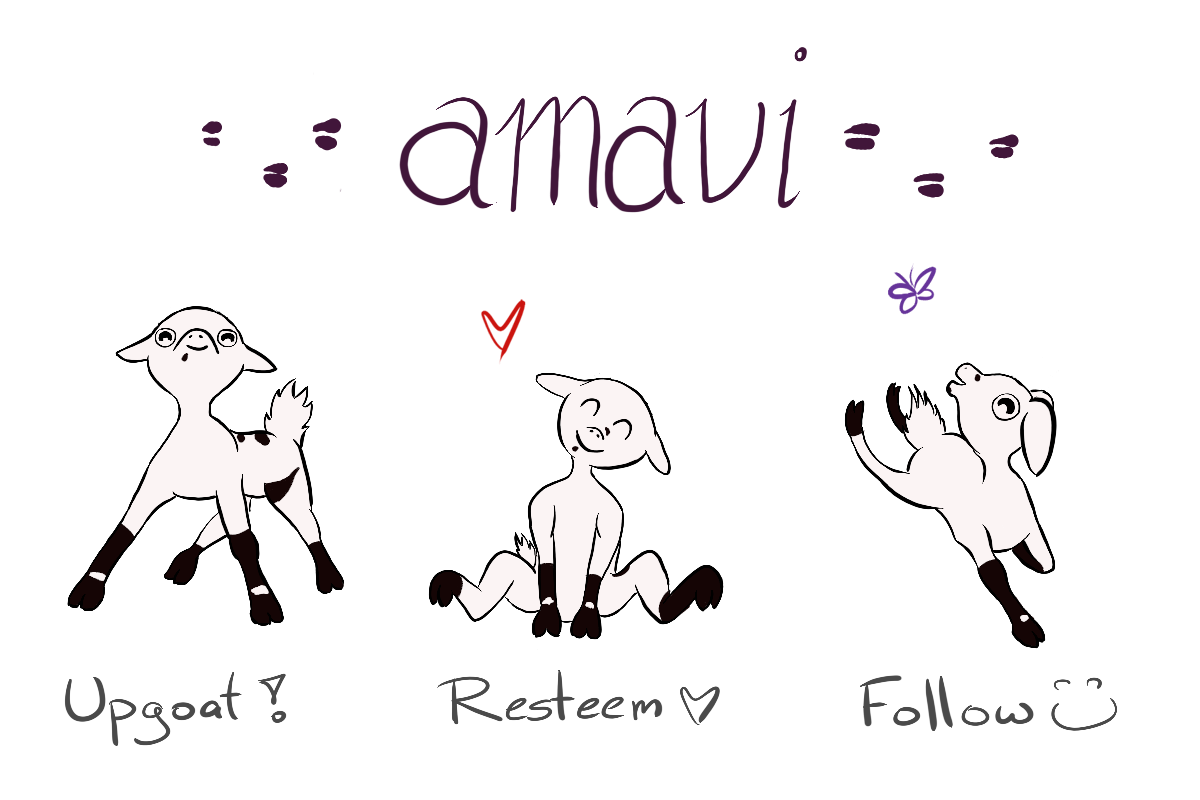

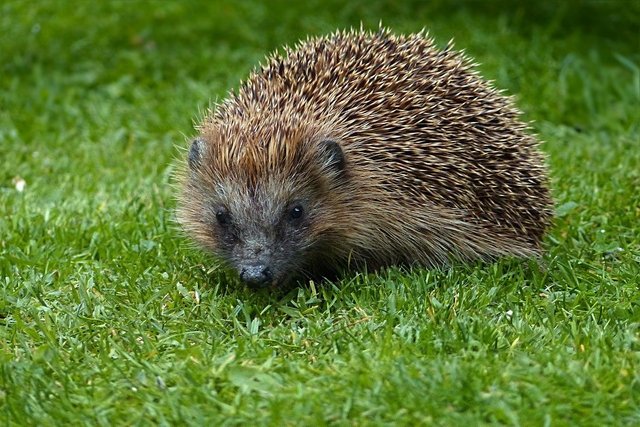
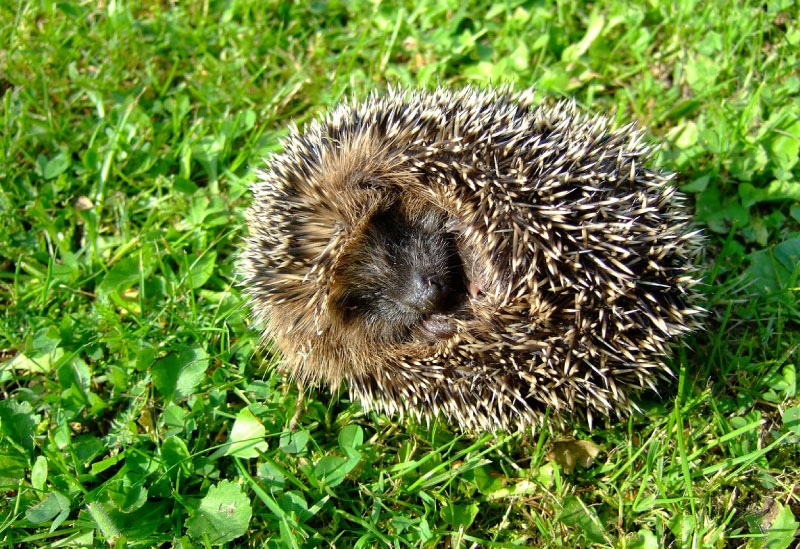
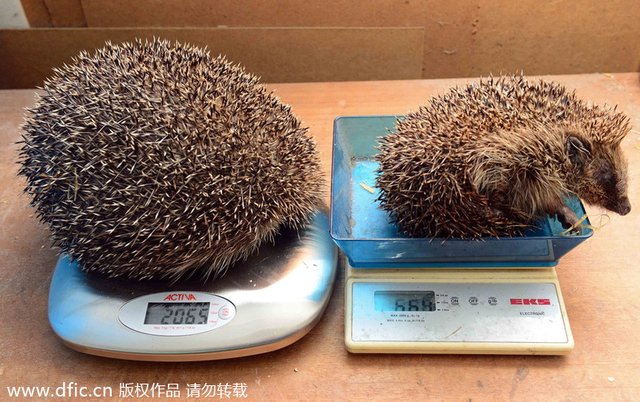
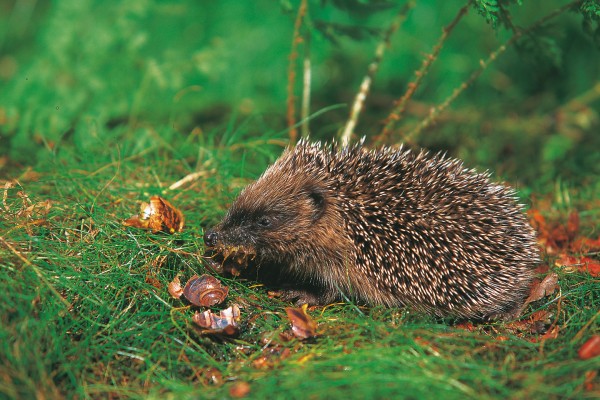
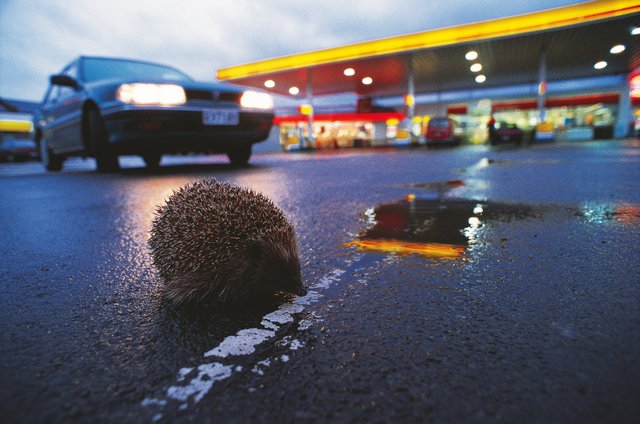
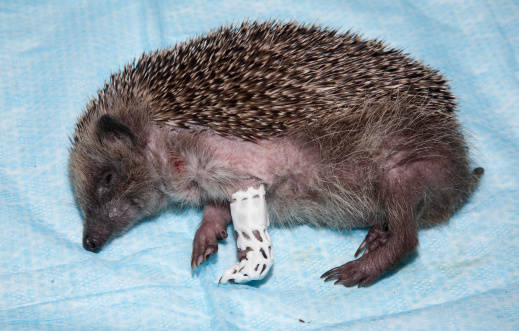
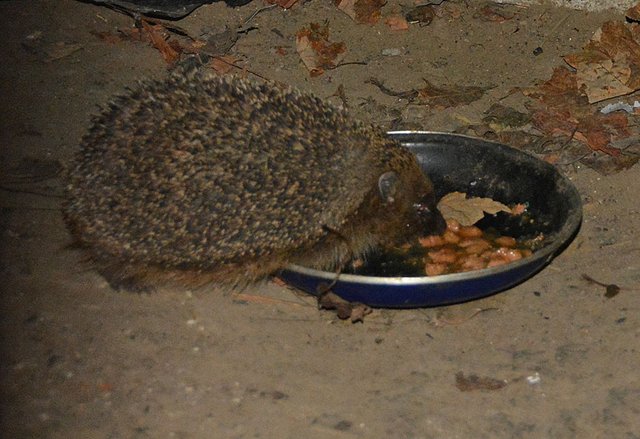
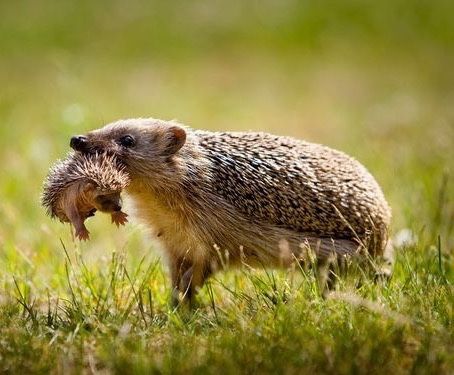
2.jpg)
Sorry to hear they are disappearing. I do not know remember whether it was Enid Blyton or someone else who introduced me to them, but I do remember being extremely fond of hedgehogs living in Britain after reading a book.
And that was a relief because I had been told that they can shoot their spines at a person. Inaccurate stuff of nightmares.
The self-anointation that you talk about is making me rather curious. Thank you for sharing this.
Downvoting a post can decrease pending rewards and make it less visible. Common reasons:
Submit
The quills don't leave their bodies when they go into defence mode, they push them upwards so they are very sharp to touch. Porcupines can shoot their quills at people. Yeah the anointing is weird, I would love to know why they do it hopefully more research will occur and eventually we will find out!
Downvoting a post can decrease pending rewards and make it less visible. Common reasons:
Submit
You scared me for a while again, and then I wanted to be sure how I should act in case of a close encounter with a porcupine. So I went straight to YouTube and searched for "grisly video of porcupine shooting quills." The fourth result for me was a video from Smithsonian Channel with the title of "Can a Porcupine Shoot its Quills?" Since it was also a short video, I clicked on it with quivering finger and heart, and forced myself to watch it.
And then the narrator said they cannot shoot their quills. Any damage to tissue has to be a result of direct contact with the porcupine. It seems that I just have to be scared of damaging projectiles originating from man-made machines, and not from porcupines. You can watch the video here.
Downvoting a post can decrease pending rewards and make it less visible. Common reasons:
Submit
Isn’t it great when you learn something new. I was always informed they could yet having not worked with them yet in my career it’s never been something to question. Yet now I have been properly informed it would seem somethings we all have learnt and known is completely different. Yet if a predator was to attack a porcupine the quills will detach very easily and will latch onto their skin. This is where the misinformation comes from :)!
Downvoting a post can decrease pending rewards and make it less visible. Common reasons:
Submit
Agreed! :) With everything you said.
Downvoting a post can decrease pending rewards and make it less visible. Common reasons:
Submit
@originalworks
Downvoting a post can decrease pending rewards and make it less visible. Common reasons:
Submit
The @OriginalWorks bot has determined this post by @amavi to be original material and upvoted(1.5%) it!
To call @OriginalWorks, simply reply to any post with @originalworks or !originalworks in your message!
Downvoting a post can decrease pending rewards and make it less visible. Common reasons:
Submit
Beautiful animal, I hope that your species is not extinguished, I invite you to visit Blog, greetings
Downvoting a post can decrease pending rewards and make it less visible. Common reasons:
Submit
Thank you :)
Downvoting a post can decrease pending rewards and make it less visible. Common reasons:
Submit
Likeee! This post reminds me of my little friend :)
Downvoting a post can decrease pending rewards and make it less visible. Common reasons:
Submit
I remember when I was younger they used to stop by the garden every night. I haven't seen one in years, it's so sad :(
Downvoting a post can decrease pending rewards and make it less visible. Common reasons:
Submit